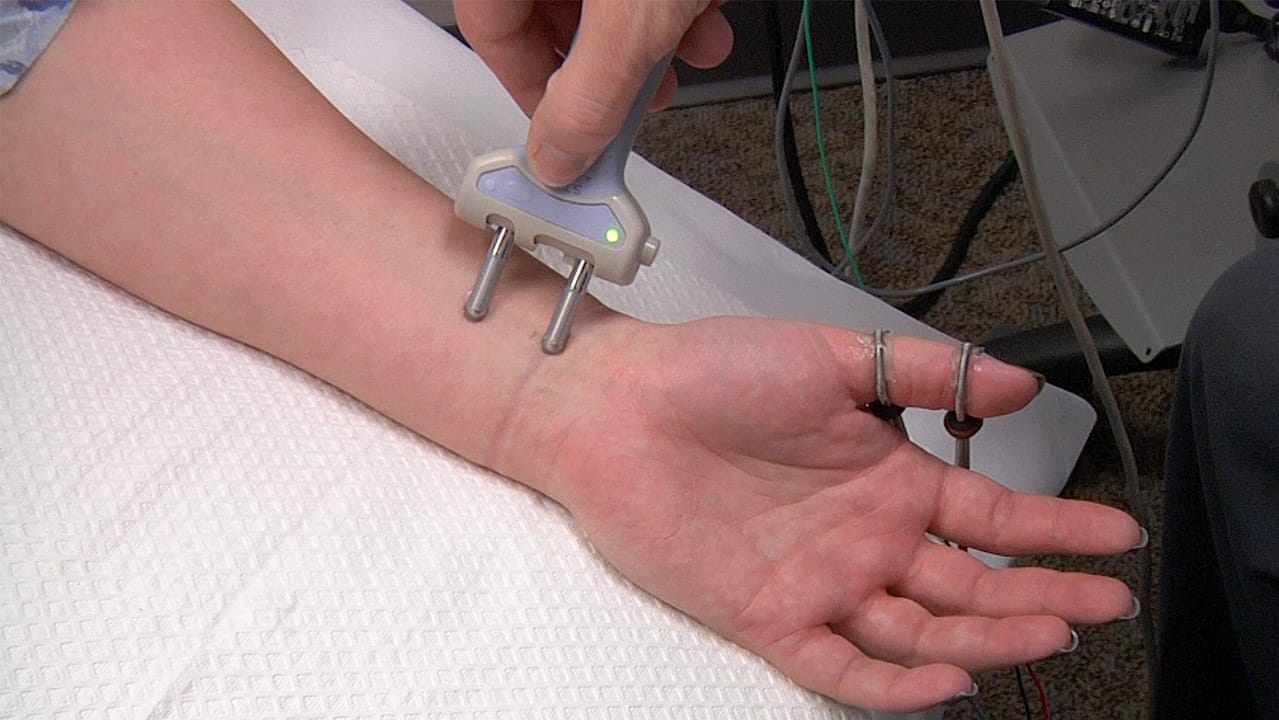

If the EMG shows that your muscles are responding properly to the nerve signals, your doctor will look for other causes of the pain. After all, it’s difficult for a pain management specialist to treat your pain if they’re not sure where it’s stemming from. This leads to more targeted treatment that addresses your pain and provides you with effective relief. Immune diseases like multiple sclerosisĮlectromyography can pick up a problem and help your doctor identify where your pain is coming from.Muscle disorders, such as muscular dystrophy.Some of the things that can be diagnosed through electromyography are: There is a small risk of bleeding, infection and nerve injury at the site, but this is very rare. Only a small needle is inserted into the skin, so the risks associated with an EMG test are slim to none.

The results can be translated into graphs, sounds or numerical values that are then interpreted by a specialist. Let’s learn more about what electromyography is and how it can address a chronic pain disease.Įlectromyography uses tiny devices called electrodes to understand the signals being sent from the neurons to the muscles.

Doctors usually order EMG when patients have symptoms that may indicate a muscle or nerve disorder, such as tingling, numbless, muscle weakness or muscle pain. The goal of EMG is to pinpoint nerve dysfunction, muscle dysfunction or communication problems between the nerves and muscles. Electromyography (EMG) is a diagnostic procedure that assesses the health of the muscles and nerve cells.


 0 kommentar(er)
0 kommentar(er)
